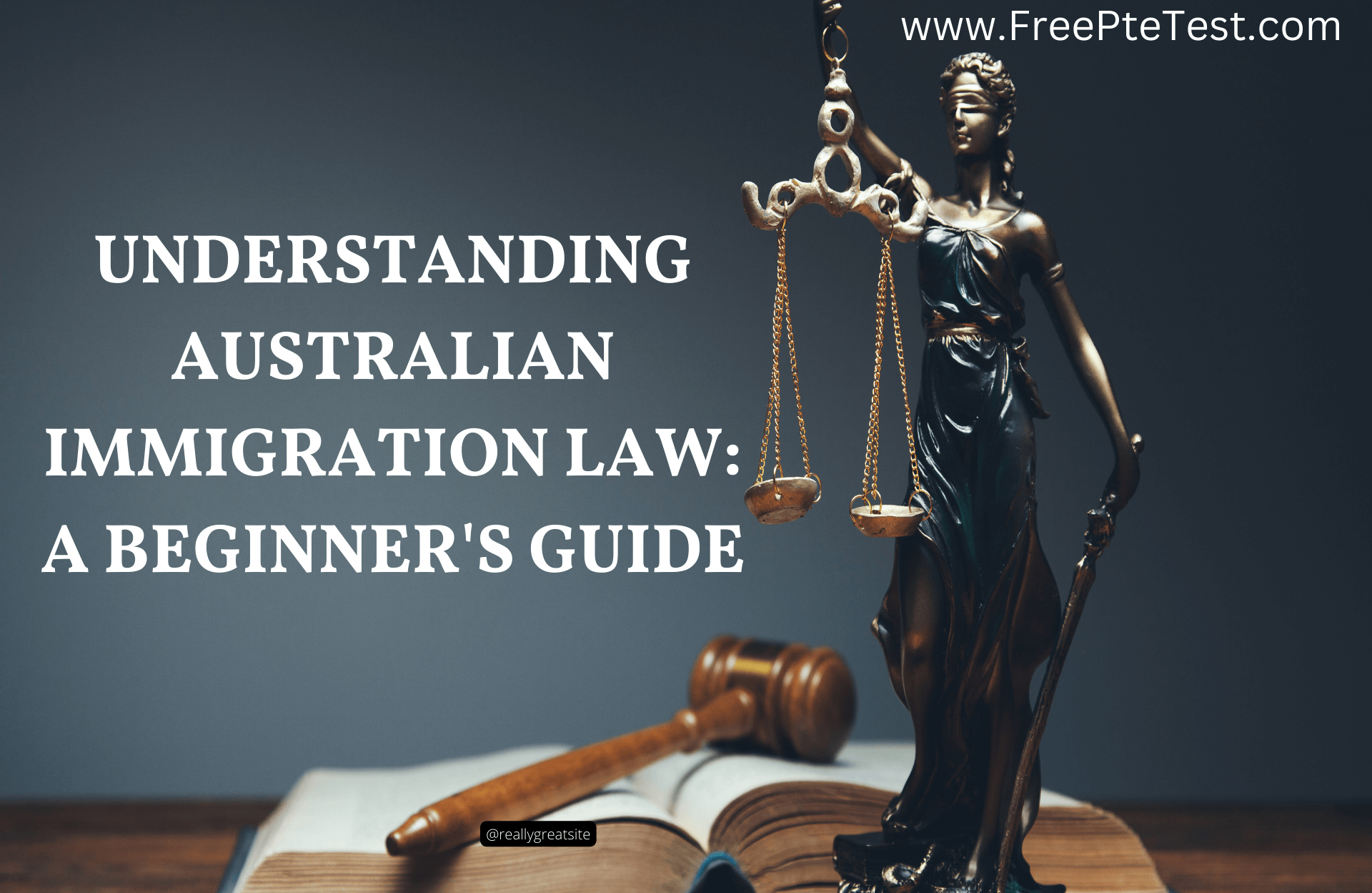Australian Immigration Law: Moving to Australia from another country can be an exciting and life-altering experience for the person who does it. However, being familiar with the immigration regulations of Australia can be a difficult undertaking to do. This introduction to Australian immigration law will help you get your bearings by focusing on the most important aspects of the topic.
Synopsis of the Australian Immigration Law
The intention of Australia’s immigration strategy is to fill the country with people who will be beneficial to the country in terms of both its economy and its culture. Visas can be broken down into a large number of categories, each of which has its own unique set of laws and regulations.
Category Visas
Subclasses 189 (Skilled Independent Visa) and 190 (Skilled Nominated Visa) are the most popular types of visas granted to skilled employees. To qualify for one of these visas, an applicant must demonstrate sufficient fluency in English and meet other criteria, as well as earn a specified number of points.
The Business Innovation and Investment Visa (subclass 188) is geared toward entrepreneurs and investors who want to set up shop in Australia, while the Employer-Sponsored Visa (subclass 482) allows employers to sponsor foreign workers for employment in Australia for up to four years.
Method Relying on Points
A points-based system is used to determine who is qualified to apply for particular categories of visas. Candidates obtain a score that, among other things, takes into consideration their age, amount of education, years of work experience, and degree of English ability. Some visas have point requirements that applicants must meet.
Submitting a Visa Application for Australia
The process of applying for a visa to enter Australia can be difficult and time-consuming. Be sure to check off every box on the required list and submit every piece of paperwork requested to avoid any unnecessary hold-ups or outright rejection.
Criteria for Eligibility
Age, skills, education, work experience, English language fluency, and health and character standards vary per visa category. Before submitting an application, be sure you meet all of the prerequisites.
Supporting Documentation Visa applicants are required to submit many pieces of documentation, including proof of identity, educational credentials, professional references, and health and character evaluations. All records must be checked to make sure they are correct and up to date.
Methods of Application
An online expression of interest is the first step in applying for a visa to Australia, followed by the filing of a formal visa application and possibly an interview and requests for supporting documents. You may also know detailed information about applying for Australian Visa from India. The time it takes to process a visa application might change based on a number of circumstances, including the type of visa being requested.
As an Australian resident
After receiving your visa and traveling to Australia, you will need to make a number of decisions in order to make your new home as comfortable as possible.
Housing
The process of relocating to Australia includes finding a place to call home. It’s easy to find a place to rent, although prices might vary greatly depending on location. When looking for a rental, it’s vital to think about things like cost, proximity to public transportation, and amenities.
The educational opportunities available in Australia are extensive, beginning with preschool and continuing through graduate school. When deciding on a high school or college, it’s vital that you do your homework on the area’s educational system and weigh aspects like price, prestige, and accessibility.
Medical care in Australia is provided by a government-run system that is free for those who qualify. Before deciding on a healthcare provider, it is crucial to learn as much as possible about your options in terms of location, pricing, and accessibility.
If you have the correct resources and assistance, you may successfully navigate Australian immigration law and achieve your immigration goals. This introduction to Australian immigration law and visa applications has covered the basics. If you want to increase your chances of being accepted as an immigrant and satisfying all the necessary criteria, it’s best to consult with professionals.
Summary:
- It covers skilled, family, and humanitarian visas for Australian immigration.
- The article covers visa eligibility and application.
- Visa holders can work, study, and get healthcare, according to the report.
- It also lists visa violations and visa termination grounds.
- Before applying for a visa, seek professional counsel and list respected migration agencies and lawyers.
- It covers tax file numbers and bank accounts for new Australians.



